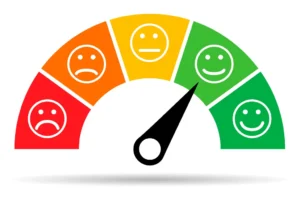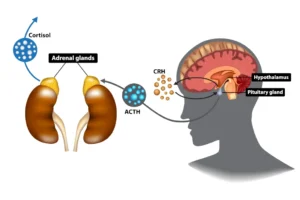Understanding Self-Regulation
Gain better self-regulation through balancing activation and relaxation, improve coping skills for current stress and resolve traumatic stress / PTSD.

Gain better self-regulation through balancing activation and relaxation, improve coping skills for current stress and resolve traumatic stress / PTSD.

Trauma disrupts the body’s self-regulation – body-oriented psychotherapy can help to regain inner balance.

Self-management of emotions: Learn to deal with and and release unpleasant emotions. – The Six-S model: 6 steps to understand and process emotions

Explore the 7 components of shame: Triggers, nervous system response, impact of cognitive processes, accompanying behaviour and function of the emotion shame.

By mapping out significant traumatic events, you can organise your past and gain insight into symptoms & life patterns and prepare the reprocessing the trauma.

Grounding, safety orientation, and deep breathing are important techniques for connecting to the present and relieving traumatic stress.

Post-Traumatic Growth as an Opportunity: How trauma and trauma integration can contribute to new meaning in life as well as emotional and spiritual growth.

Regulate cortisol & reduce chronic stress through a healthy daily rhythm, healthy nutrition and activating the muscular system to establish safety
Somatic integration and gradually processing of shock trauma stored in the body – strengthening of self-regulation
Somatic integration of developmental trauma, attachment trauma – strengthening the body ego through muscle activation in contact – building conscious competences